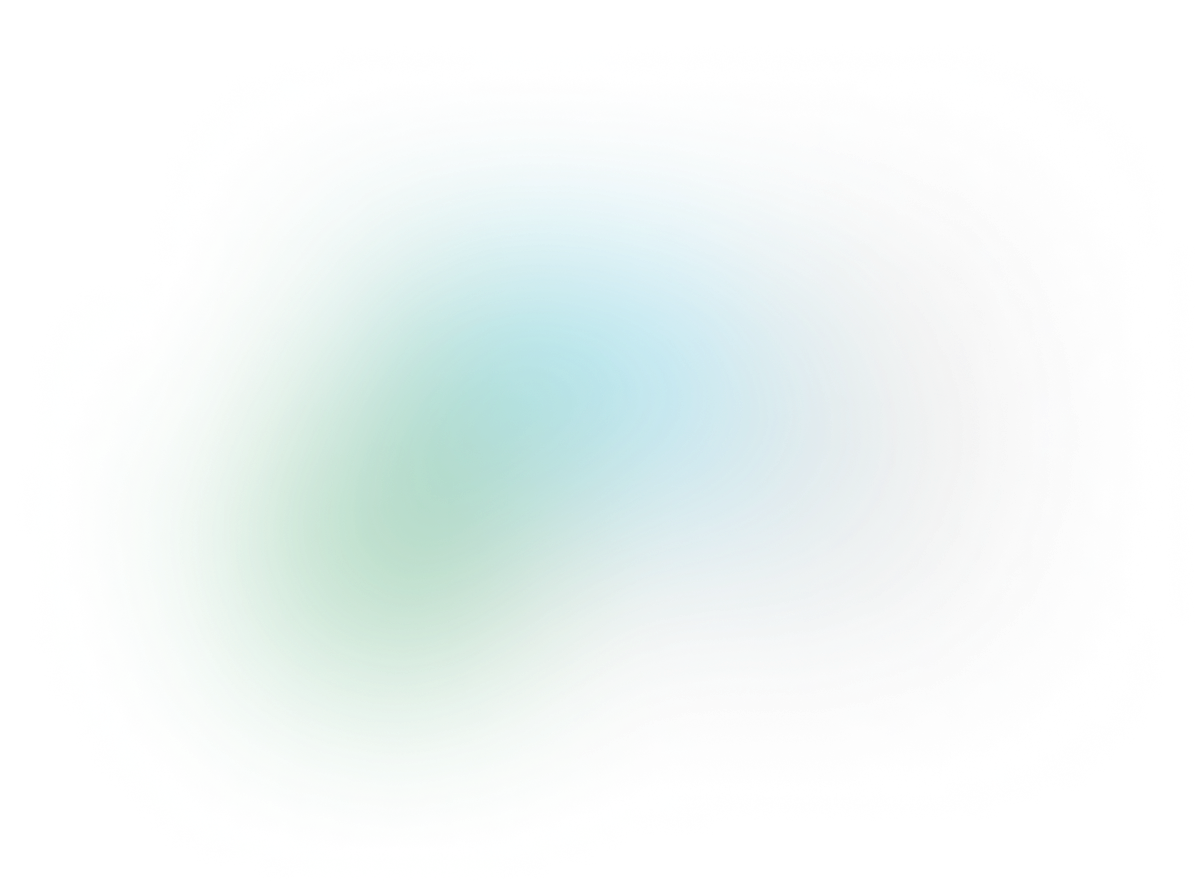Figma Navigation Prototype

Prototyping different navigation states is a crucial step in the design process. It helps visualize and test the different interactions that users will encounter in the app and helps our engineers understand what to build. At Echobind, we use Figma to design and prototype. Here is a short step-by-step tutorial about how to use components to quickly and easily design and prototype an interactive navigation bar with default, active, and hover states.
1. Create a nav item and turn it into a component- this will be your “Default” state

2. Add variants to the default nav item component for “Active” and “Hover”

3. Style the different states however you would like them to appear

4. From the Prototype tab, add “hover” interactions from the default and active variants to the hover variant

5. Repeat steps 1-4 for the button

6. Using your nav item and button components, design a header and turn it into another component

7. Set up your pages using the component header and change the property for each of the current page’s nav item to “Active”

8. From the Prototype tab, add “click” interactions from all of the nav items between the different pages.

9. You must do this between all of the pages that you want to link between (don’t forget the home page).

10. Set the device size from the prototype tab, click the play button, and watch the magic happen!




